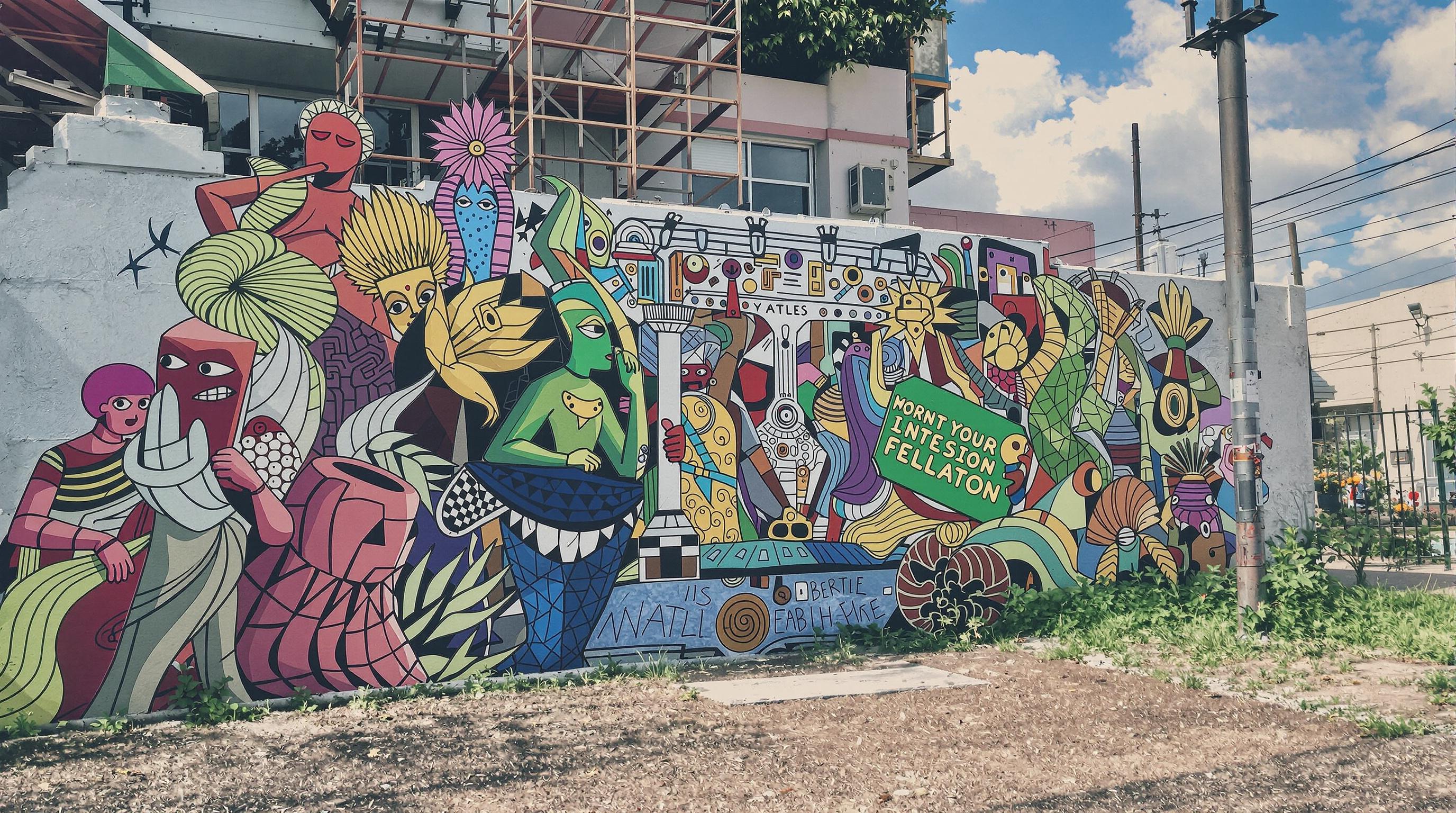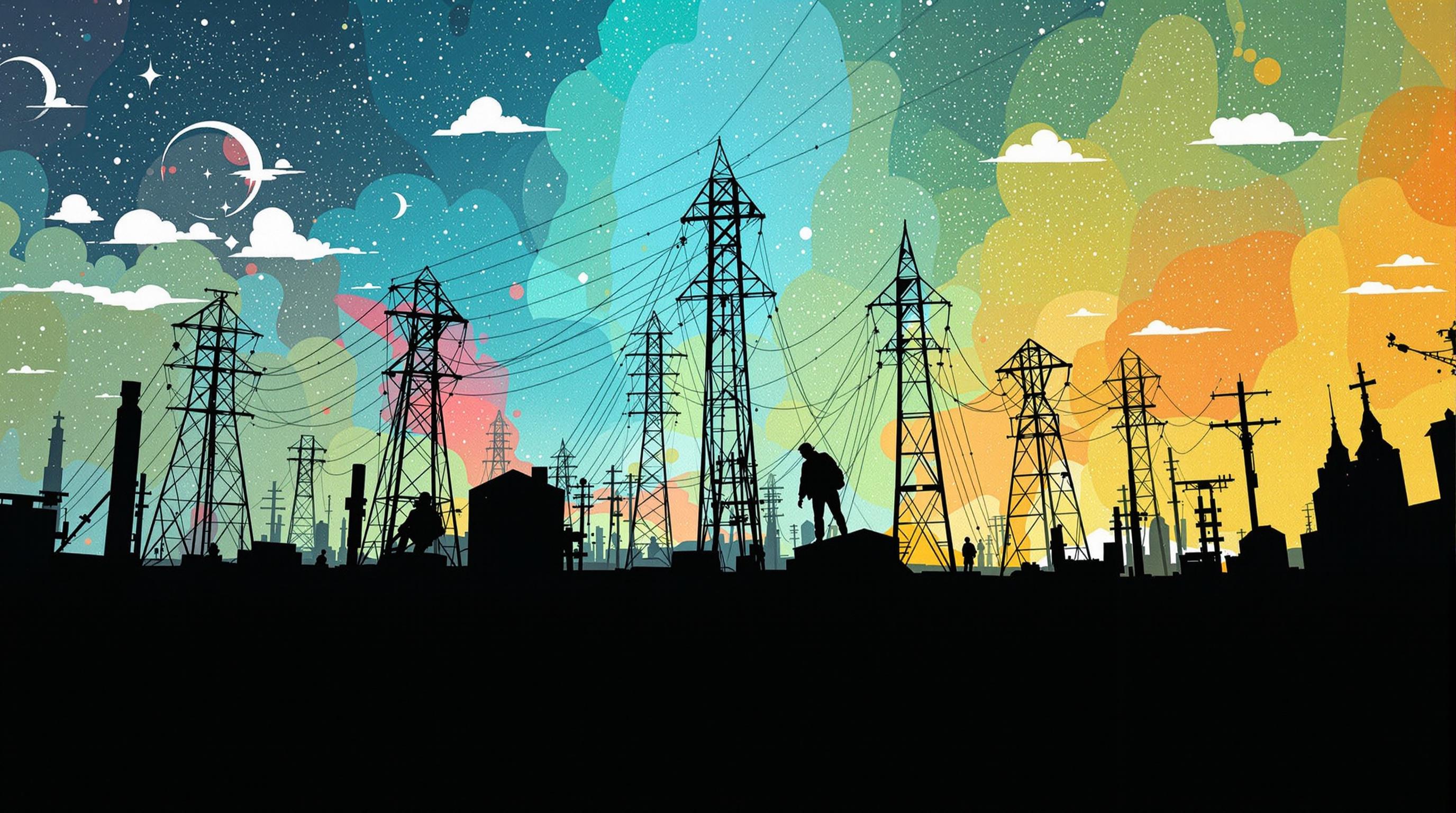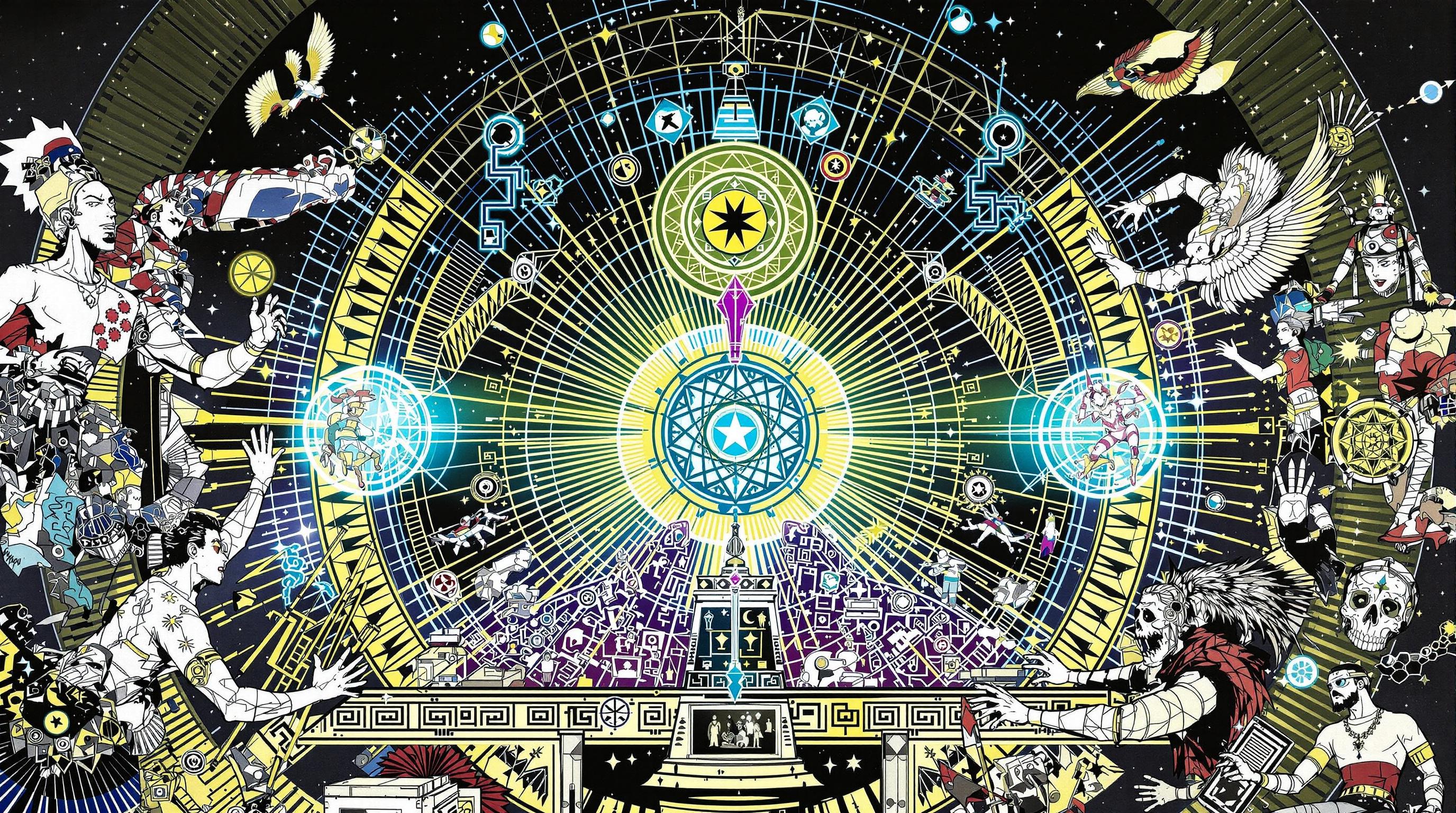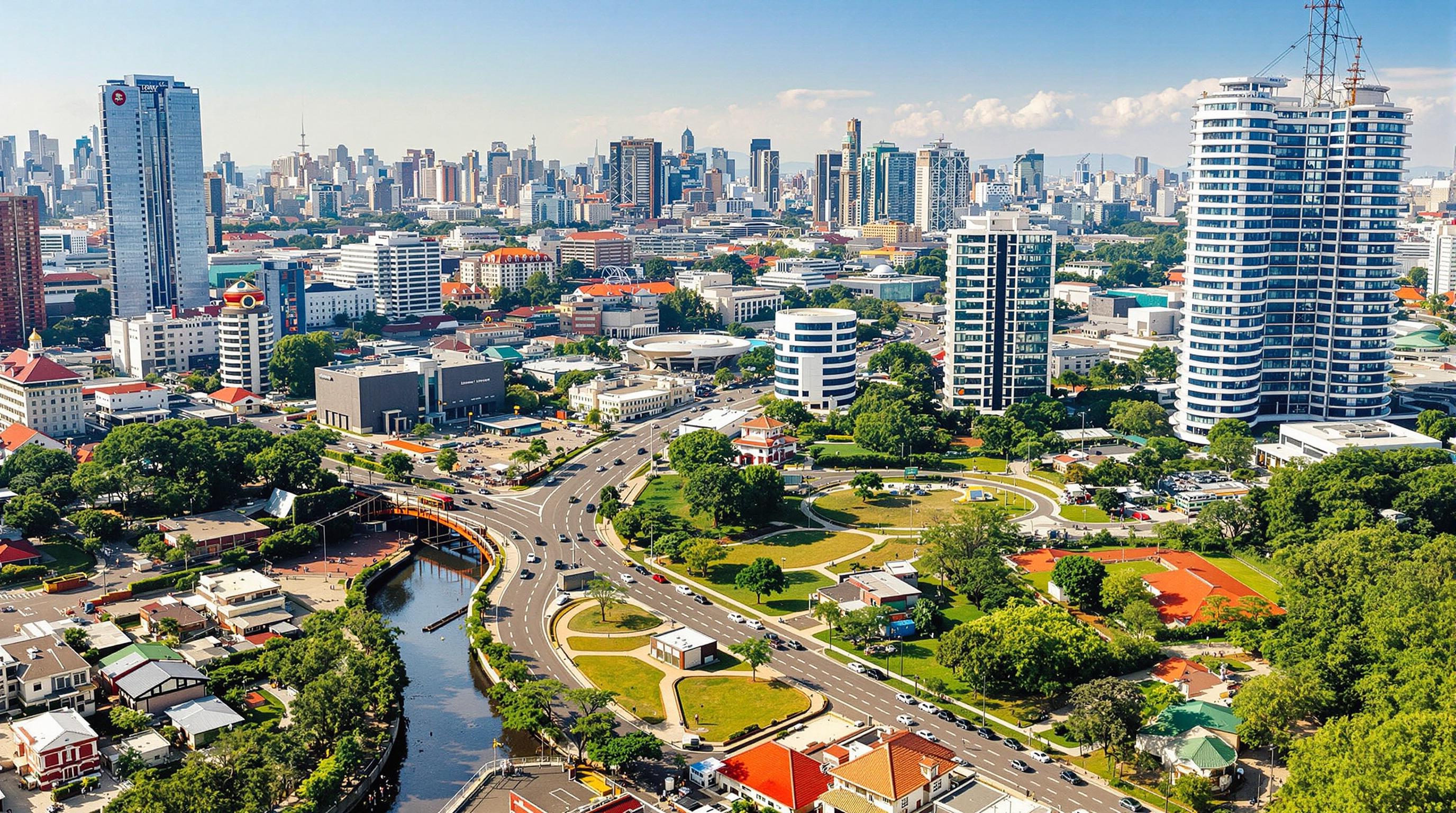Related Articles
- Harnessing Nostalgia: How Memory Mapping Can Inspire Innovative Urban Infrastructure Solutions
- Revealing the Invisible: How Urban Legends Influence Public Perception of Infrastructure Projects
- Whimsical Structures: How Playgrounds Can Inspire Innovative Approaches to Urban Infrastructure Development
- The Enigmatic Impact of Dark Fiber Networks on the Future of Digital Ecosystems and Their Capacity to Scale
- Beyond the Horizon: Exploring the Impact of Cultural Nuances on Global Digital Infrastructure Expansion
- Whispers of the Future: How AI-Driven Edge Computing Redefines Network Resilience and Flexibility
6 Unusual Practices: Incorporating Local Art Forms to Revolutionize Infrastructure Management Approaches
6 Unusual Practices: Incorporating Local Art Forms to Revolutionize Infrastructure Management Approaches
6 Unusual Practices: Incorporating Local Art Forms to Revolutionize Infrastructure Management Approaches
Introduction
Infrastructure management has traditionally focused on technical efficiency and cost reduction, often overlooking the social and cultural dimensions that give communities their unique identity. As cities become increasingly complex, there’s a growing recognition that traditional practices may not be sufficient for navigating the challenges of urban living. One innovative approach gaining traction is the integration of local art forms into infrastructure management, which can lead to not only functional benefits but also enhanced community engagement.
By embracing local art, cities can foster a sense of belonging and pride among residents, creating an emotional connection to the very structures that facilitate their daily lives. Furthermore, incorporating artistic elements into infrastructure projects can make them more visually appealing and culturally relevant, helping to cultivate a landscape that reflects the stories and heritage of the community. As such, the intersection of art and infrastructure could hold the key to a more sustainable, livable future.
This article explores six unusual practices that highlight the potential of local art forms in revolutionizing infrastructure management approaches. These examples demonstrate how artistic engagement can yield practical benefits while enhancing the cultural fabric of urban spaces.
1. Community Murals as Structural Enhancements
Community murals have emerged as a vibrant method for transforming bland urban surfaces into canvases of expression. When strategically placed on retaining walls or underpasses, these large-scale artworks not only beautify the area but also serve as functional signage that guides pedestrians and cyclists. They can foster local pride and investment in the upkeep of these spaces, showcasing the talents of local artists and reflecting community values and history.
Moreover, well-designed murals can contribute to public safety by reducing vandalism and crime rates. Aesthetically pleasing environments tend to encourage positive behavior and community interaction, making them safer and more inviting. Cities that have implemented mural programs report improved social dynamics and a greater sense of community solidarity.
Overall, community murals exemplify how local art forms can directly enhance infrastructure while simultaneously establishing social cohesion. Not only are these murals visually stimulating, but they also serve a practical purpose, thereby revolutionizing the way urban infrastructure is perceived and experienced.
2. The Use of Performance Art in Public Spaces
Performance art has found its way into public infrastructure management as a tool for enhancing community interaction and engagement. By hosting performances such as dance, theater, or live music in parks and along city streets, local governments can transform static spaces into dynamic environments that encourage social interaction and cultural exchange. These artistic engagements create a sense of place that deepens residents' connections to their urban landscape.
Furthermore, performance art can shine a spotlight on infrastructure issues that may not be immediately visible. For instance, a theatrical performance depicting the challenges of public transportation can raise awareness about accessibility issues, prompting discussions that lead to tangible improvements. This form of storytelling helps to humanize the struggles associated with urban life, making infrastructure problems relatable and urgent.
Utilizing performance art as part of infrastructure management ultimately invites communities to partake in shaping their urban environments. This innovative practice encourages collaboration between artists, city planners, and residents, fostering a unified vision for sustainable urban development.
3. Integrating Local Craftsmanship into Building Design
Many cities benefit from the unique craftsmanship of local artisans, which can be integrated into building design and infrastructure materials. This not only preserves traditional skills but also embodies local architectural identity. For example, incorporating hand-woven textiles, mosaics, or ceramic tiles into new developments can enrich the visual appeal and connect structures to their cultural heritage.
Furthermore, local craftsmanship often adheres to sustainable practices, utilizing indigenous materials and techniques that are less harmful to the environment. By incorporating these elements into infrastructure projects, cities can support their local economies while simultaneously addressing sustainability goals. It taps into a resource of creativity that exists within the community itself, transforming public spaces into reflections of their inhabitants.
When infrastructure showcases local craftsmanship, it becomes a celebration of community culture and pride, illustrating how embracing traditional practices can redefine modern urban landscapes. This approach can lead to a unique architectural narrative that tells the story of the place and its people.
4. Urban Design through Street Art Collaborations
Street art has evolved from a form of vandalism to a legitimate medium for urban expression and engagement. Cities increasingly view street artists as valuable partners in city branding and community revitalization efforts. Collaborations between municipal bodies and street artists can transform neglected areas into thriving cultural hotspots that attract tourism and promote local businesses.
By granting artists the freedom to express their vision on public walls, cities can create an evolving tapestry of cultural dialogue. Street art invites local voices into the conversation about urban design, making it an inclusive process that encourages participation from a varied demographic. This participatory approach fosters community ownership and pride, leading residents to take an active role in the beautification and maintenance of their neighborhoods.
In many cities, such collaborations have brought vitality to previously downtrodden areas, opening pathways for economic development while enriching the urban landscape. The dynamic nature of street art means that urban infrastructure can continuously evolve, reflecting the shifts in community sentiment and culture over time.
5. Eco-Art Installation for Environmental Awareness
Eco-art installations are a fascinating convergence of environmental awareness and artistic expression. These projects often incorporate recycled materials and natural resources, transforming neglected spaces into engaging landmarks that promote sustainability. Cities can leverage eco-art to raise awareness about environmental issues and encourage active participation in sustainability initiatives.
For example, installations that utilize repurposed plastic to construct sculptures can draw attention to the problem of pollution. By visually portraying the consequences of environmental neglect, these artworks inspire community members to engage in responsible practices such as recycling or conservation efforts. They encourage discussions around urban ecology and the importance of integrating natural systems into infrastructure planning.
Ultimately, eco-art serves as a reminder of the interconnectedness between culture, community, and nature. This practice promotes a holistic view of infrastructure management, highlighting the necessity of preserving our environment while enriching urban spaces with creativity.
6. Storytelling Programs through Local History
Incorporating storytelling into infrastructure management can breathe life into public spaces and enhance community understanding of local history and culture. Programs that celebrate the stories of residents and the unique narratives of neighborhoods can be employed in various formats, such as plaques, audio guides, or interactive installations. These initiatives foster pride and connection to place by honoring the rich tapestries of human experience that shape the urban landscape.
By collecting personal accounts and traditional narratives from community members, cities can create place-based storytelling initiatives that provide context and meaning to public spaces. This enhances the user experience and allows residents and visitors alike to see the infrastructure around them as part of a larger communal narrative. These programs can be integrated with existing infrastructure, making the community’s history accessible and engaging.
In embracing the practice of storytelling within infrastructure projects, cities can cultivate a deeper appreciation for their cultural heritage. This multifaceted strategy recognizes that buildings and public spaces are not merely functional; they are living testimonies to the community’s past, present, and future.
Conclusion
As urban infrastructure becomes increasingly central to the lives of residents, the need for innovative management approaches has never been clearer. By incorporating local art forms, cities can transform infrastructure projects into expressions of community identity and cultural significance. The unusual practices discussed herein demonstrate the power of art to engage residents, foster collaboration, and promote sustainable, meaningful urban environments.
Engaging local artists, performers, and community members in the planning process allows for a holistic approach that prioritizes social and environmental considerations alongside technical ones. By integrating art into infrastructure, cities can reinforce not only the physical structures that support urban life but also the social fabric of the communities they serve.
Ultimately, the fusion of local art forms and infrastructure management presents an exciting opportunity to create urban spaces that resonate with the rich complexities of human experience. In reimagining infrastructure through the lens of creativity, we take significant steps toward a future that prioritizes both functionality and cultural vibrancy.




